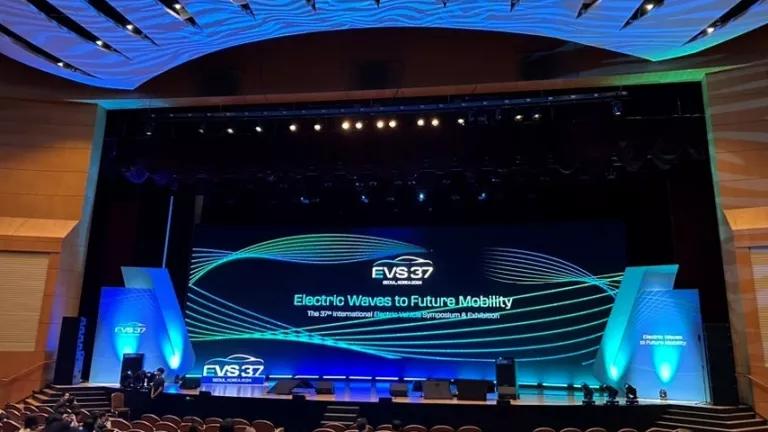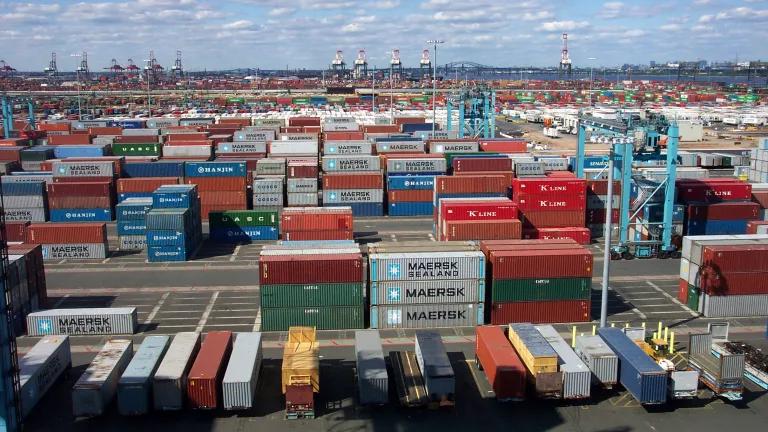In all this talk about high speed rail, there’s another form of intercity transportation that’s hardly talked about at all – and in these fiscally stressed times, it might be especially deserving of our attention. I’m talking about the new intercity buses. Not those depressing, grubby buses of the past twenty years, but modern bus lines such as Boltbus and Megabus, which are becoming increasingly popular, and successful.
These buses offer streetside pickup (no hanging around a grimy bus depot), power outlets at every seat, online ticketing and wi-fi connectivity, as well fares that are a fraction of the cost of the train. And for most trips under 300 miles, the bus costs less than the price of filling up your gas tank.
From a policy perspective, the great thing about these buses is that you can pretty much start service anywhere you want, right now. New bus routes don’t require new land, rails, stations or other big infrastructure investments. They help save fuel, too. DePaul University researchers estimate that these new curbside bus lines are saving 11 million gallons of fuel each year, just considering today’s ridership. That’s the equivalent of taking nearly 24,000 cars off the road. So as a nation, we get fuel-savings with minimal investment – and as individuals, we have a comfortable, convenient, cost-effective way to get around (without turning off our handheld electronic devices).
Demand for good intercity bus service is undeniable. Megabus started operations in 2006 in Chicago, and now has hubs in New York, Washington and Philadelphia, serving cities such as Indianapolis, Des Moines, Providence, Hartford, Charlotte, and Memphis – nearly 50 cities in all in the United States and Canada. The company’s rapid expansion is a testament to the demand for good intercity transit service. High-speed rail might be a good solution for some densely populated corridors, but there are many smaller and mid-sized cities that could use a high-quality intercity transit service today.
I've actually been on a high-quality bus several times, run by C & J in New England, to visit my in-laws in New Hampshire. It's quick, reliable and clean. And the President, Jim Jalbert (full disclosure -- my mother-in-law worked for him at C & J many years ago) makes a good case for, as he puts it, ensuring buses have a seat at the transportation table (the Canadian "Go Transit" model he mentions does indeed weave together rail and bus service in Ontario much better than we do here):
It might make sense to launch more intercity bus routes in areas which don’t have the population density to support high speed rail, at least at the moment (see Phase 3 of the America2050 coalition’s map of potential high-speed rail projects). A modern high-speed bus service could bring cities such as Austin, Wichita, Albuquerque, Buffalo and Columbus into a new, national public transportation infrastructure overnight.
Boltbus and Megabus are highly successful on many routes already served by trains, demonstrating that these buses are an important complement to rail service – not a replacement. Some people will always prefer the train – especially politicians -- but many travelers obviously want another option. In the future, modern intercity buses could even be integrated into a high-speed rail network, serving as an express feeder system to high-speed rail stops.
When it comes to federal support of intercity transit, buses seem to have gotten the short end of the stick. Rail and airlines get sizeable federal subsidies that allow them to run routes at a loss. These subsidies help give transit access to people who might have no other option. But it doesn’t make sense to ignore intercity buses in the equation, especially when they’re proving that they can do the job (and even make a profit) too.


